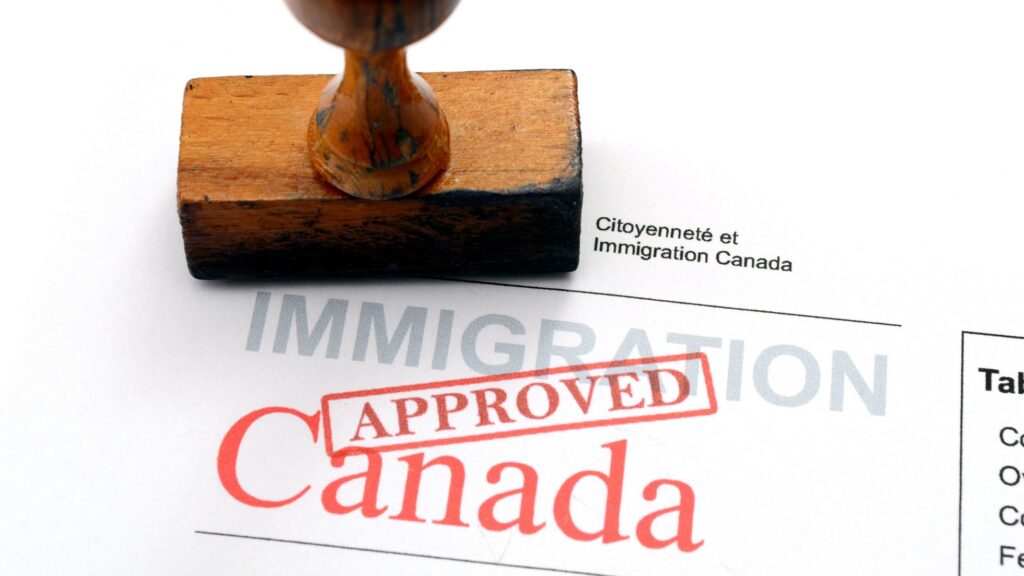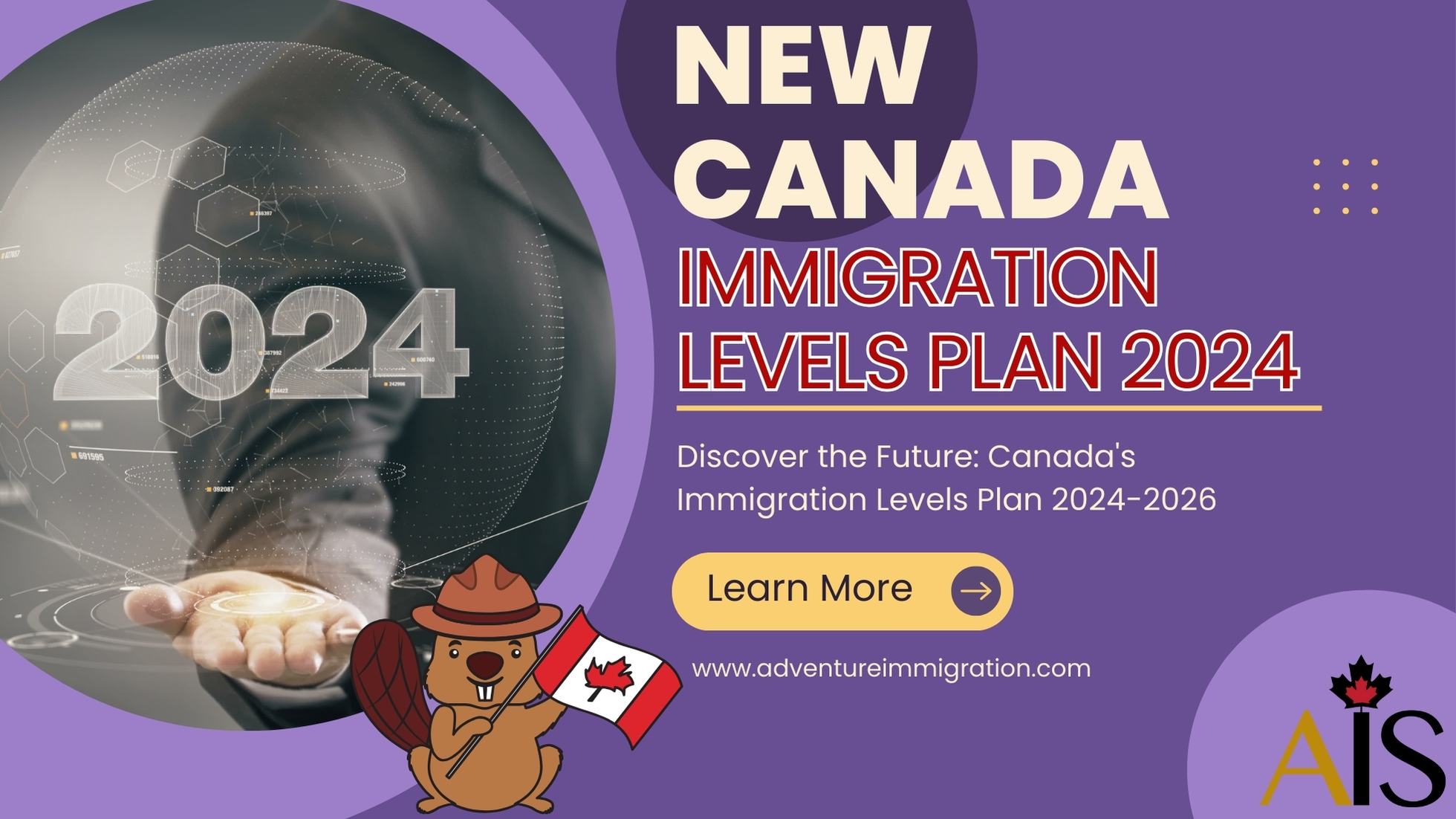The eagerly awaited announcement of Canada Immigration Levels Plan for 2024 has captured the attention of many, as the nation contemplates whether it will witness an increase, decrease, or maintain the status quo in its annual immigration targets. Both Immigration Minister Marc Miller and his predecessor, Sean Fraser, have underscored the need for more immigrants to address the housing crunch, with immigration being touted as a viable solution. In this article, we will explore the nuances of the immigration level plan and shed light on the key factors influencing Canada’s immigration landscape.
Understanding Canada Immigration Levels Plan:
To comprehend the significance of the immigration levels plan, it is crucial to dispel any misconceptions that may surround it. The plan delineates the annual number of permanent residents (PRs) to be admitted across various categories, encompassing economic immigration, family sponsorship, refugees, and protected persons. Importantly, these numbers do not exclusively signify new permanent residents arriving from outside Canada.
Approximately 45% of economic immigration admissions involve individuals already residing in Canada on a temporary basis who are transitioning to permanent residency (PR). Temporary residency categories such as international students, work permit holders, or visitor visas are not subject to annual targets or inclusions in the immigration levels plan. Therefore, the focus of the plan is specifically on new ” a permanent resident,” irrespective of their origin within or outside Canada.
Given the annual revision of these three-year plans on November 1, the 2024 immigration levels plan holds paramount importance. The imminent question revolves around whether Canada will witness an increase, decrease, or maintenance of its current immigration targets.
Will the Government Increase Canada Immigration Levels?
Canada’s allure for highly qualified individuals and families seeking permanent residency remains undiminished, attracting global interest. Notably, the country currently hosts a substantial number of foreign nationals within its borders, possessing valuable Canadian experience and contributing significantly to the nation’s economy.
Calls for an increased family sponsorship quota have echoed among Canadian citizens and permanent residents, reflecting dissatisfaction with existing low numbers. Additionally, Canada’s active response to global humanitarian crises, offering refuge to those fleeing war, underscores the nation’s commitment to international solidarity.
The federal government, led by the Liberals, has consistently highlighted labor shortages in the construction and healthcare sectors, emphasizing the necessity of immigration to address the needs of the Canadian population. The influx of international students, work permit holders, asylum claimants, and their families within Canada has surged, creating a demand for more available spots for permanent residency.
Considering these factors, there is a strong likelihood that Canada will surpass the 500,000 annual immigration target, building upon the target set for 2023 (465,000), which the country is poised to easily meet this year. Projections for 2024 and 2025 set the targets at 485,000 and 500,000, respectively, indicating a potential upward trajectory.
Public Opinion and Divided Perspectives:
As the nation grapples with these decisions, opinions on the ground are divided. Some Canadians express concerns about admitting a higher number of immigrants, citing the ongoing housing crisis and inflation as primary concerns that need immediate attention.
As of now, the current Canada Immigration Levels Plan outlines aspirations to welcome approximately 465,000 new permanent residents in 2023, followed by targets of 485,000 in 2024 and 500,000 in 2025. These goals provide a glimpse into the government's intentions for the coming years, but the ongoing discourse suggests the necessity for a more inclusive and transparent approach to address the complexities associated with temporary and permanent residency alike.
Current Canada Immigration Levels Plan 2023-2025
Category:
Overall Planned Permanent Resident Admissions: 465,000
Economic (Federal High Skilled) : 82,880
Economic (Federal Economic Public Policies) : 25,000
Economic (Federal Business) : 3,500
Economic Pilots: Caregivers: 8,500
Atlantic Immigration Pilot Program: 8,500
Provincial Nominee Program: 105,500
Quebec Skilled Workers and Business: See the Quebec immigration plan
Family Sponsorship Canada
Spouses, Partners and Children: 78,000
Parents and Grandparents: 28,500
Category:
Overall Planned Permanent Resident Admissions: 485,000
Economic (Federal High Skilled) : 109,020
Economic (Federal Economic Public Policies) : –
Economic (Federal Business) : 5,000
Economic Pilots: Caregivers: 12,125
Atlantic Immigration Pilot Program: 11,500
Provincial Nominee Program: 110,000
Quebec Skilled Workers and Business: To be determined
Family Sponsorship Canada
Spouses, Partners and Children: 80,000
Parents and Grandparents: 34,000
Category:
Overall Planned Permanent Resident Admissions: 500,000
Economic (Federal High Skilled) : 114,000
Economic (Federal Economic Public Policies) : –
Economic (Federal Business) : 6,000
Economic Pilots: Caregivers: 14,750
Atlantic Immigration Pilot Program: 14,500
Provincial Nominee Program: 117,500
Quebec Skilled Workers and Business: To be determined
Family Sponsorship Canada
Spouses, Partners and Children: 82,000
Parents and Grandparents: 36,000

From Study Permits to Permanent Residency: Canada’s Growing Appeal for International Students
New data from Immigration, Refugees, and Citizenship Canada reveals a remarkable surge in international students becoming permanent residents. In 2005, 8,565 made the transition; fast forward to Quarter 3 2023, and that number has soared to 19,330!
Ontario leads the way, admitting 6,760 former international students as permanent residents in 2023—a substantial jump from 2,725 in 2015. British Columbia has also witnessed a phenomenal rise, securing the second spot with 4,195 PRs.
While Alberta held strong in fourth place, the short-term stats showcase fluctuations, reflecting the impact of COVID-19 on immigration policies. Despite a dip in 2020, 2021 witnessed a record-breaking 22,675 international students becoming PRs—an unprecedented boom!
This trend underscores Canada’s appeal as a global education hub and its commitment to fostering diverse talent.
Are you thinking about getting a Study in Canada?
And you don’t know how to apply for Study Permit in Canada?
Welcome! You have indeed arrived at the correct destination.
We look forward to welcoming you soon!
If you have any questions, please do not hesitate to get in touch.


